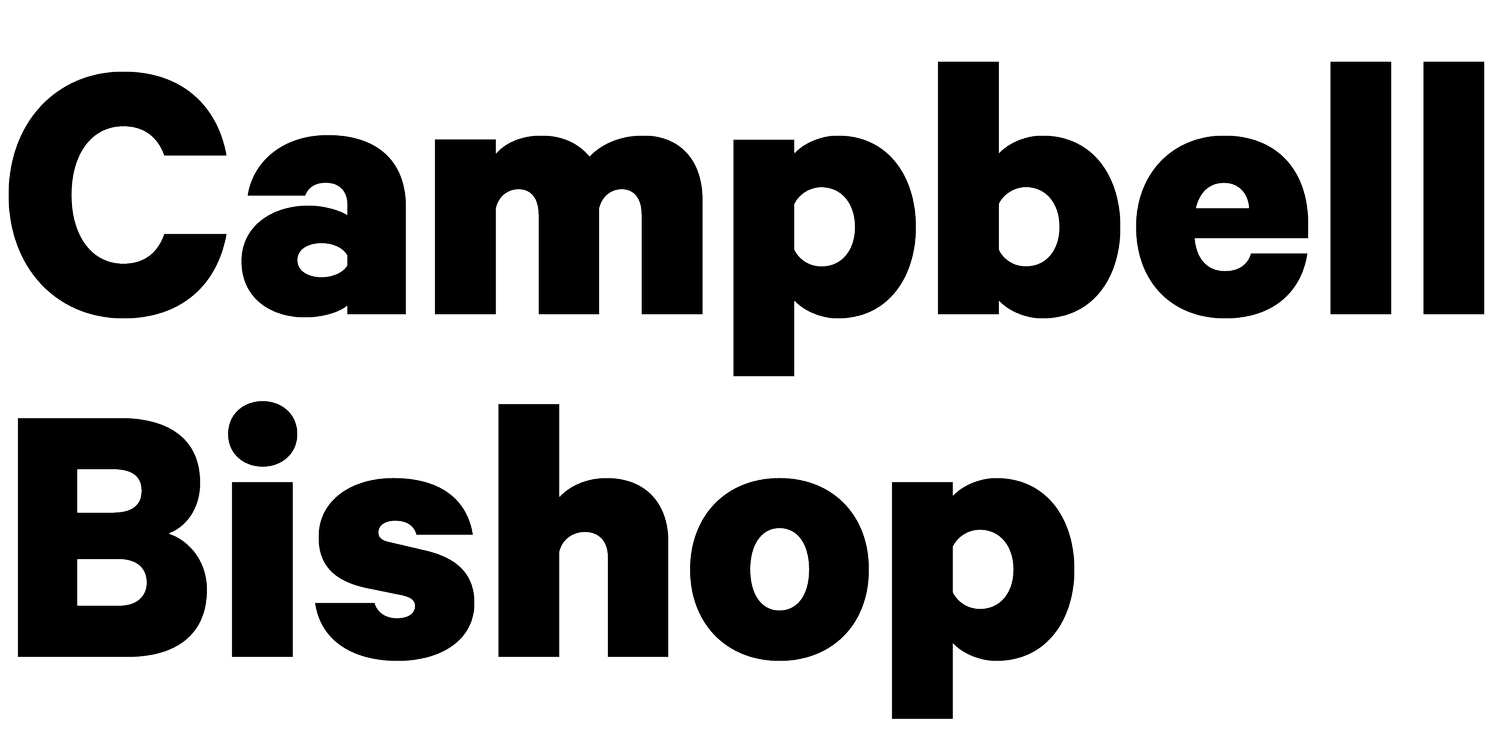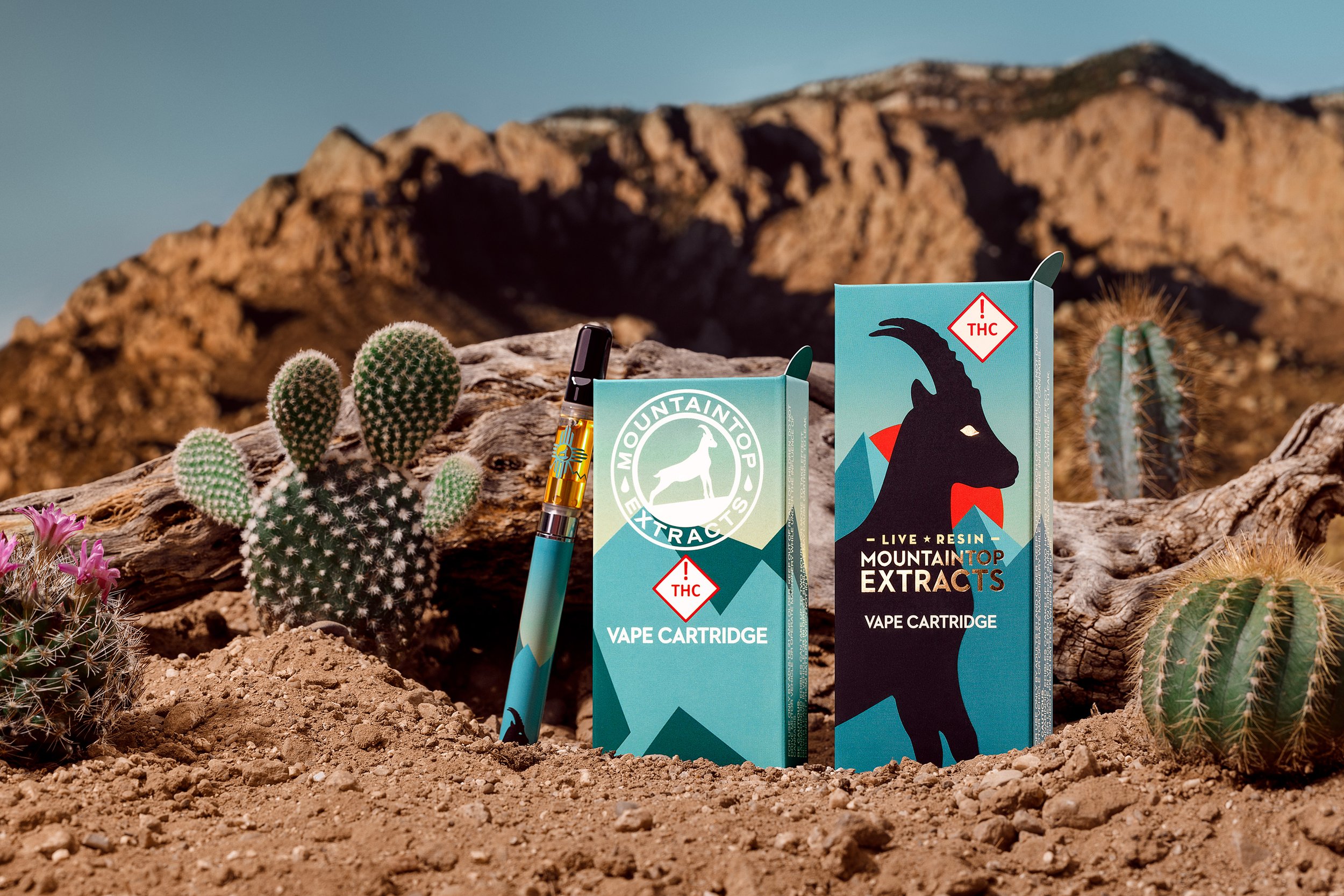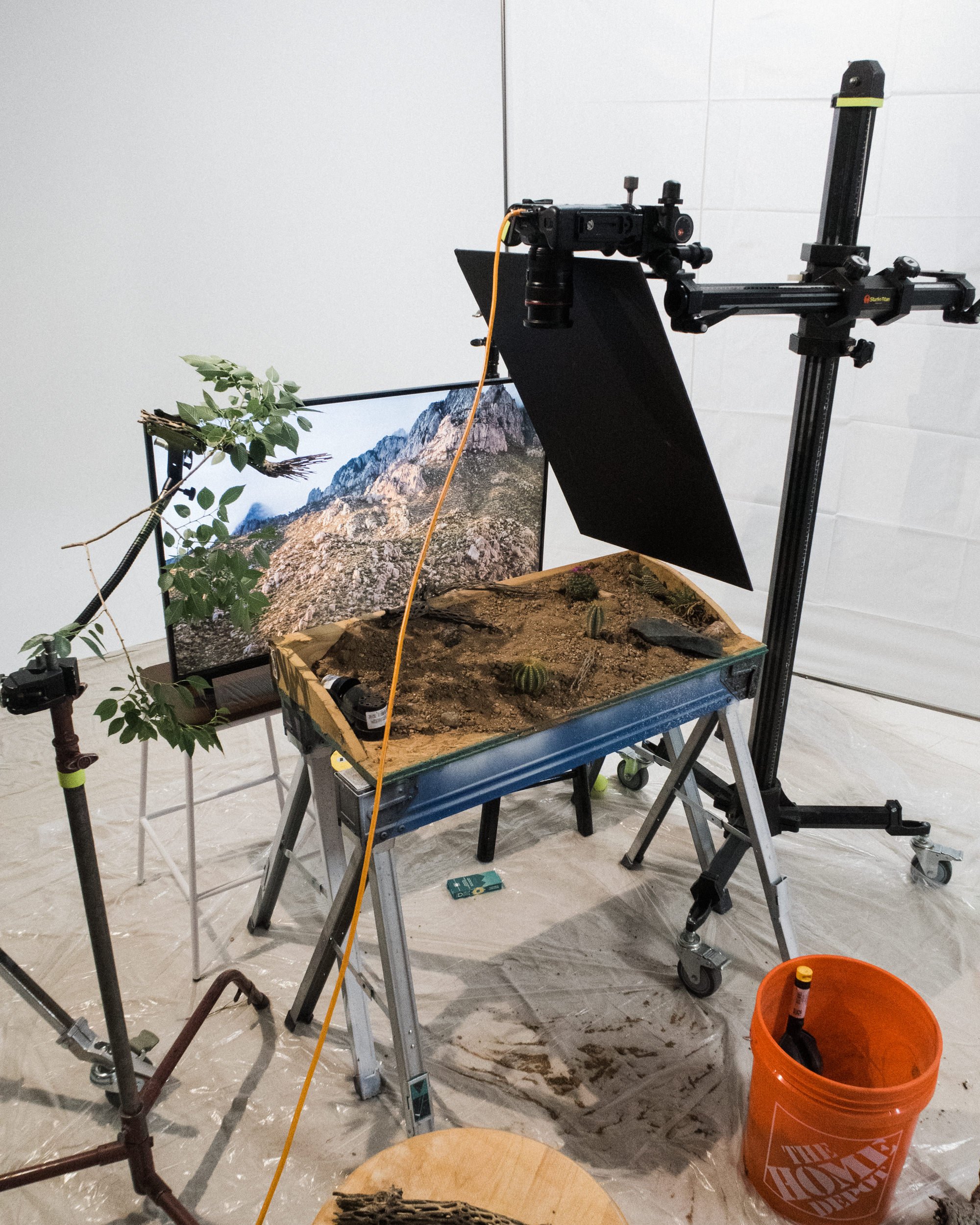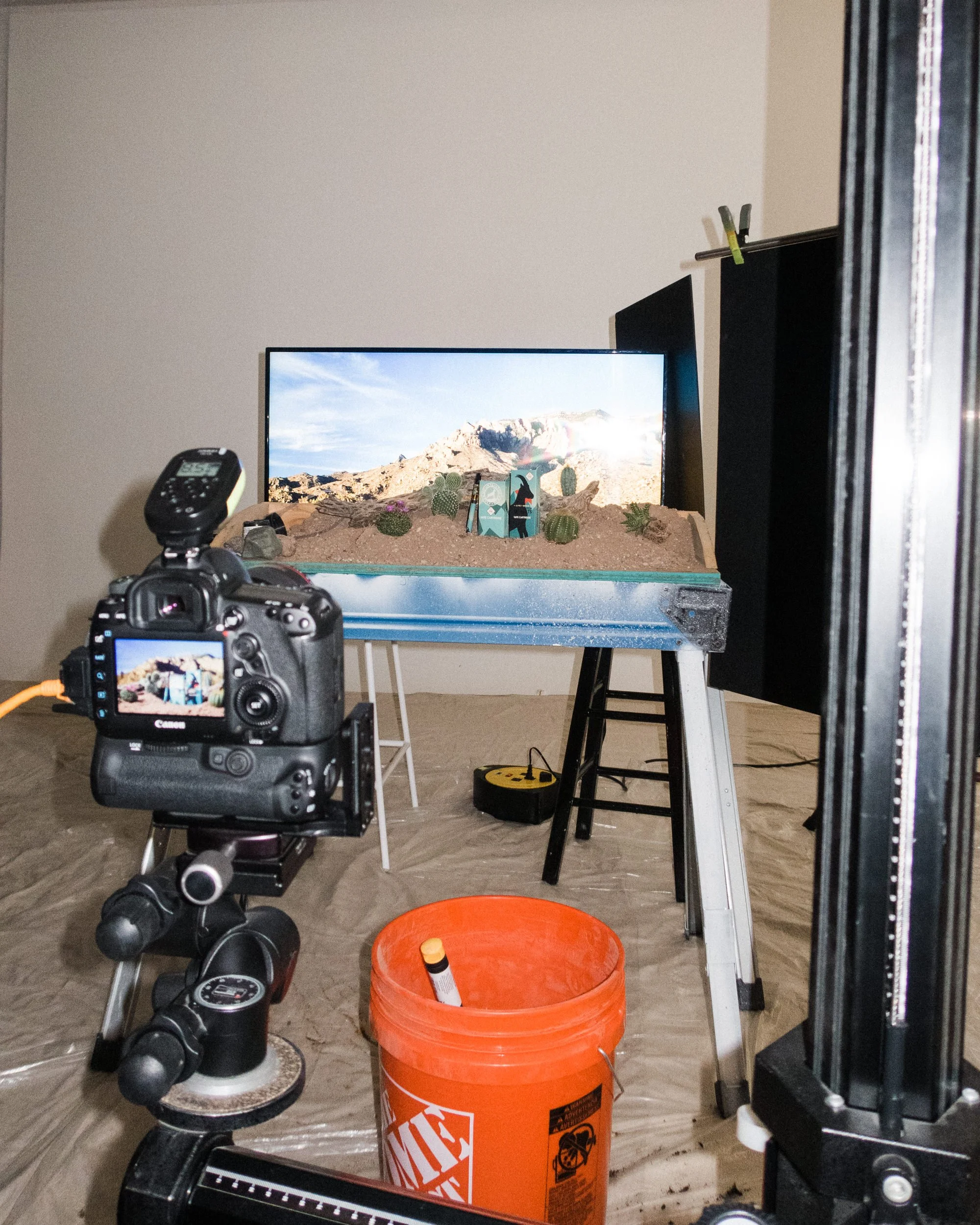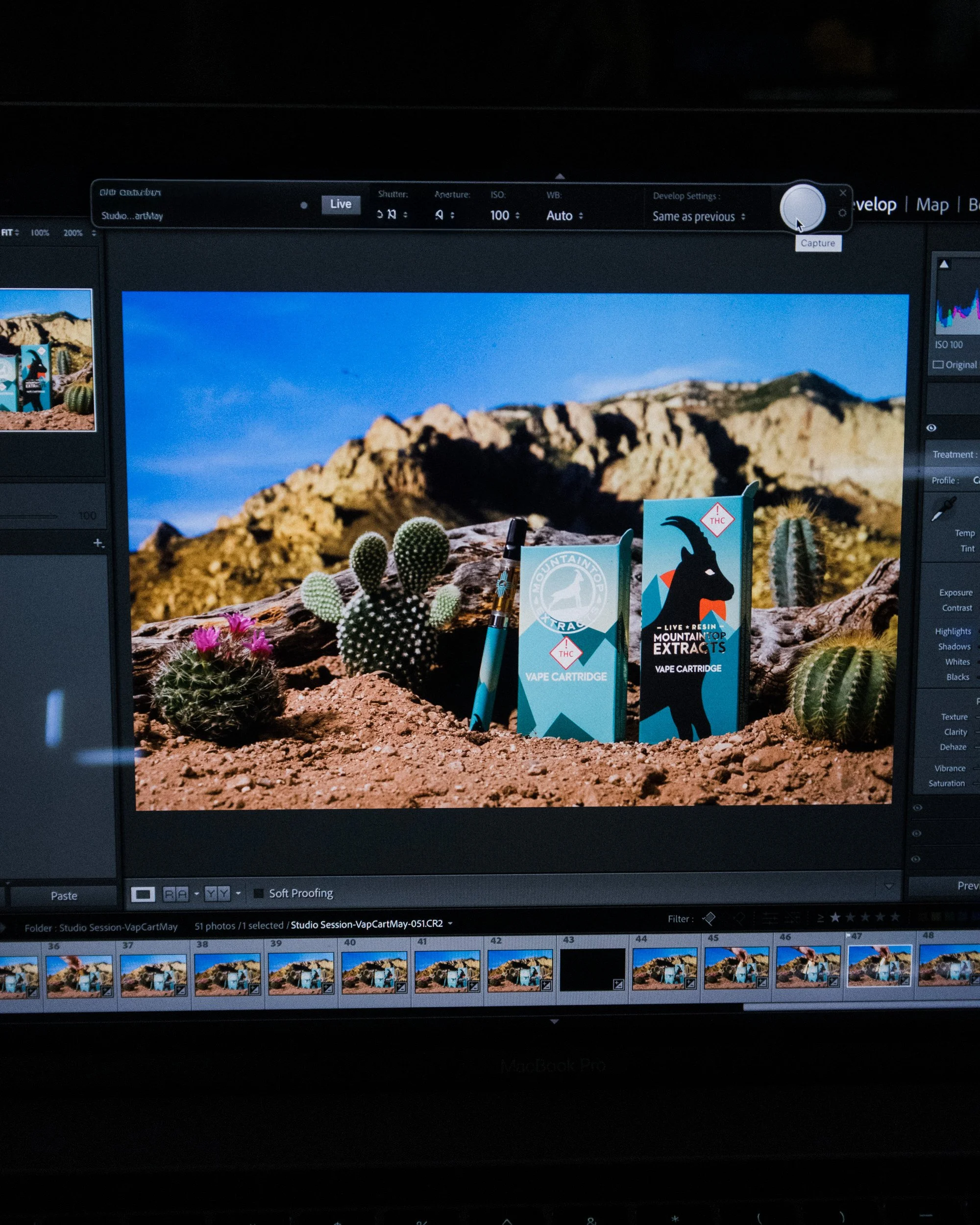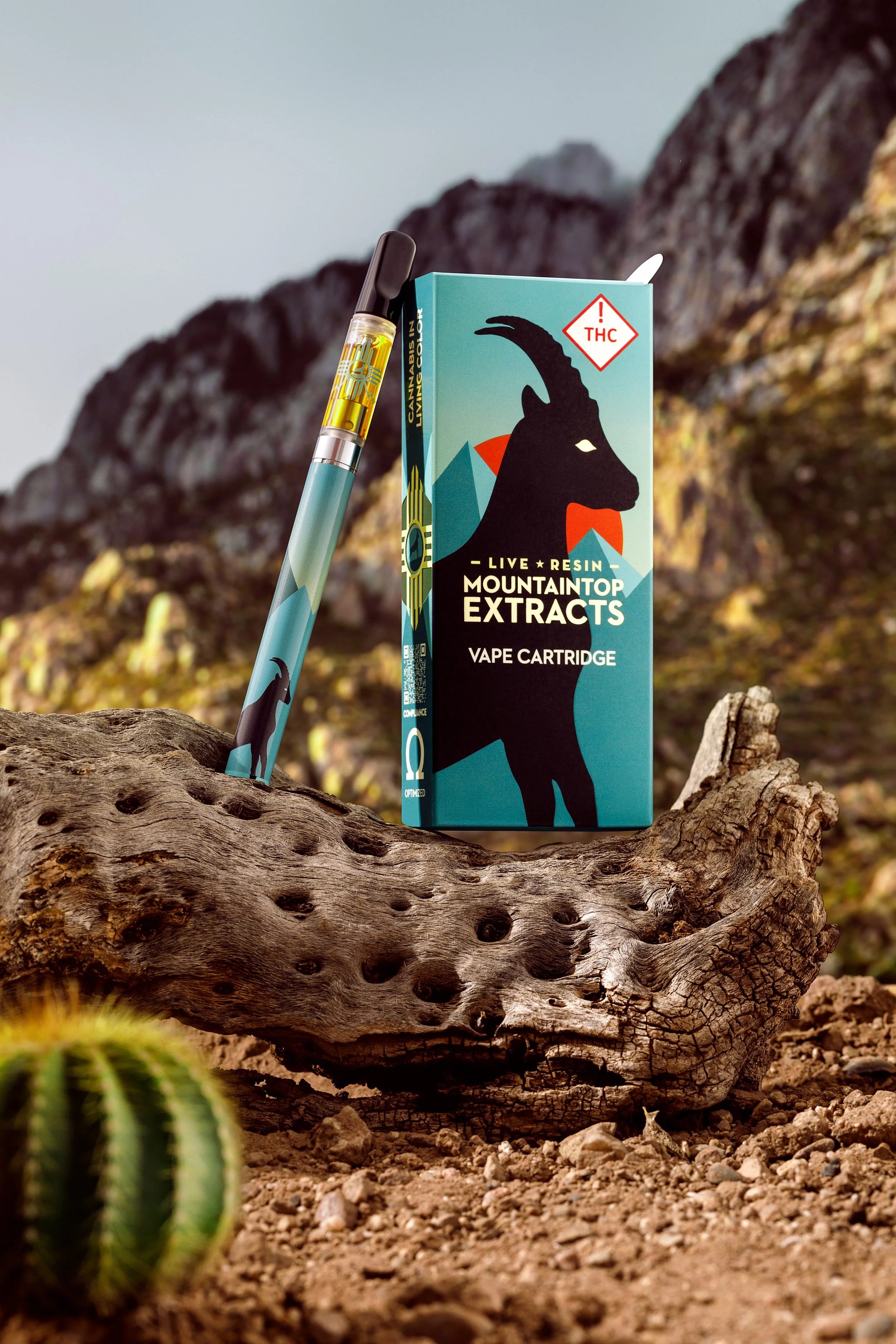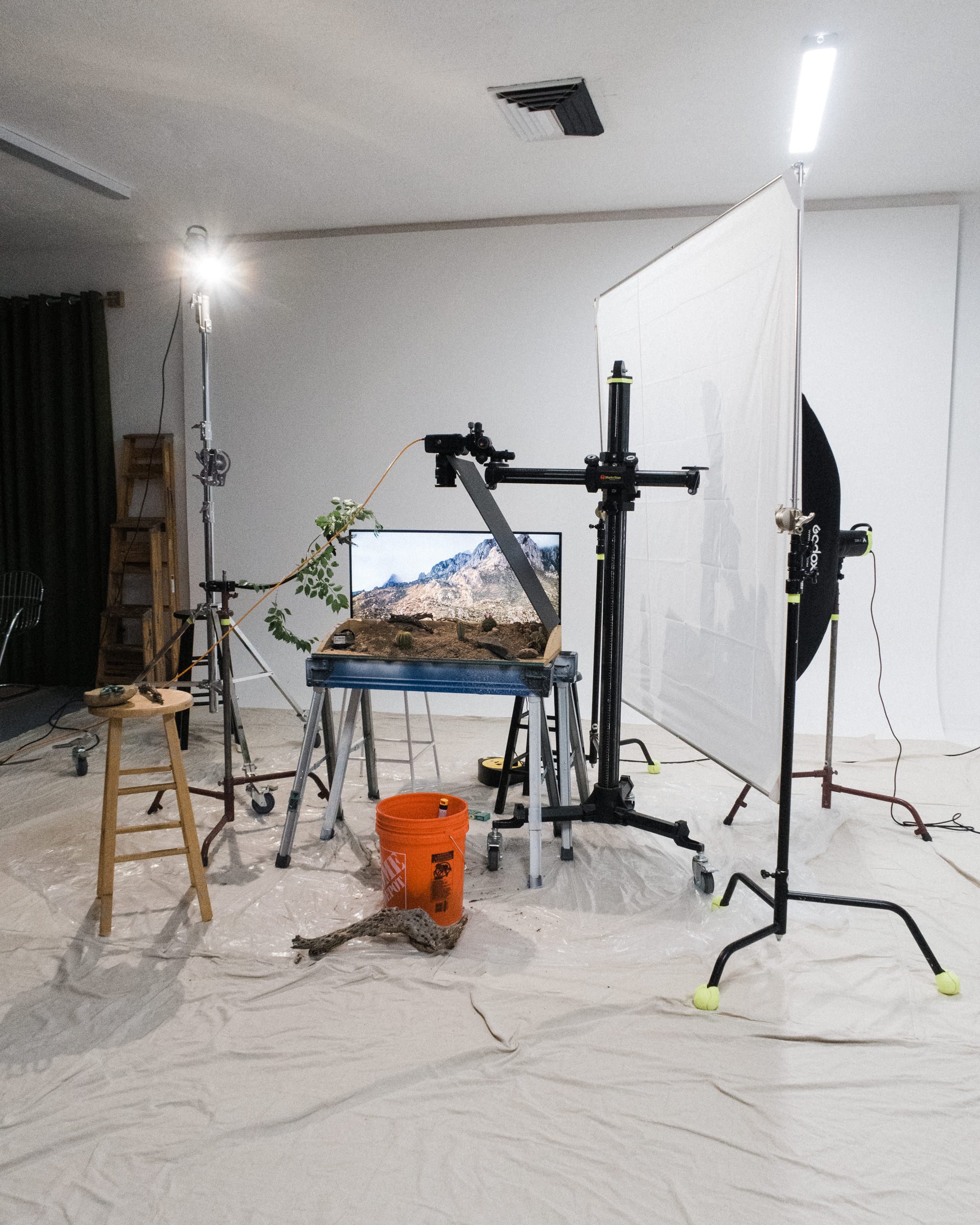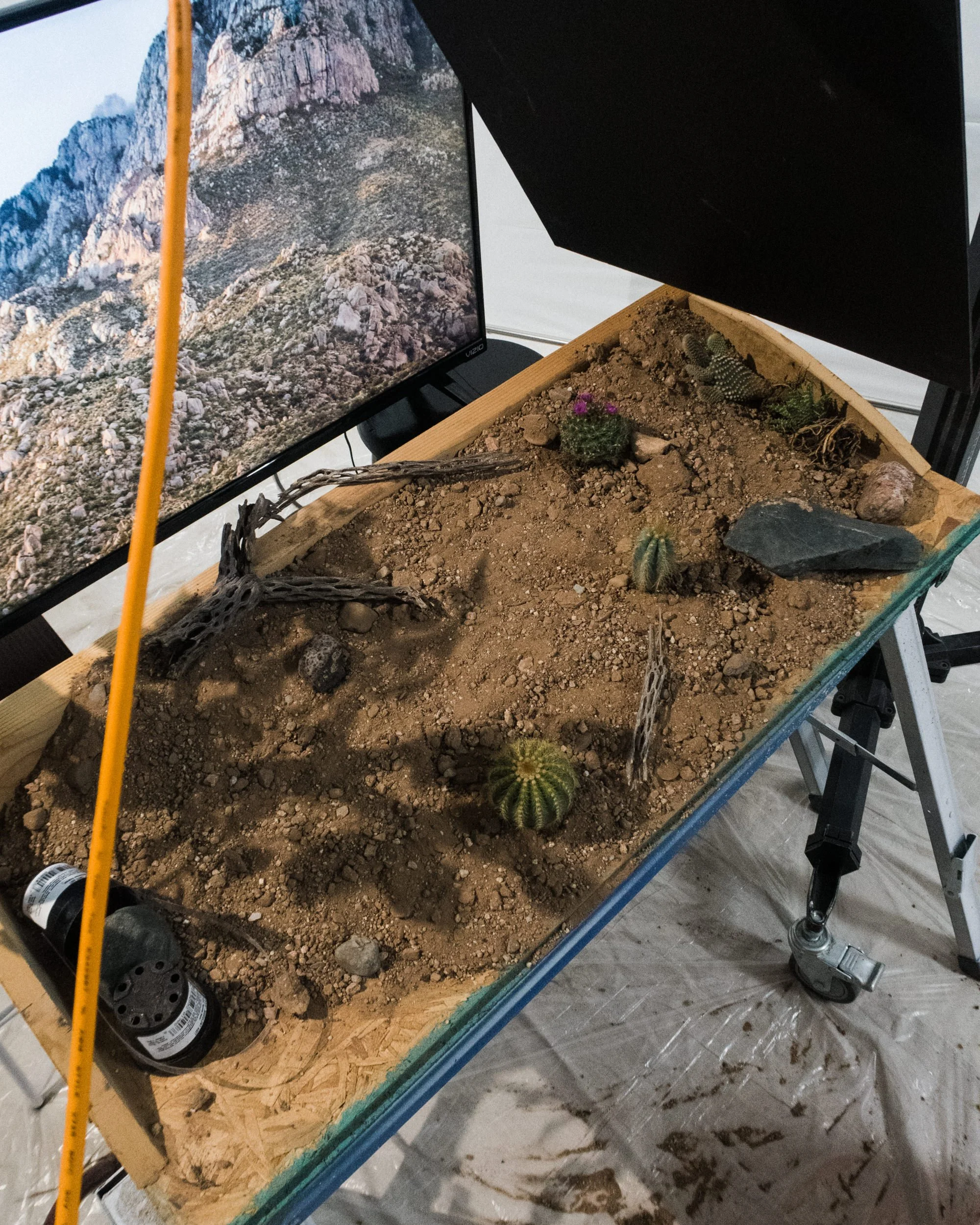Product Photography: A Game-Changing Technique…
Overview
In the world of product photography, the quest for perfection often involves compositing multiple frames, brushing in elements during post-production, or relying on Photoshop to "cheat reality." While these methods are sometimes necessary, they can be time-consuming and may yield results that feel slightly off.
Whenever possible, capturing elements in-camera leads to more natural-looking images and significantly reduces post-processing time. One unique and effective way to achieve this? Using a flat-screen TV as your background.
In the image above, everything was captured in-camera, right in the studio, using this surprisingly simple technique—with stunningly realistic results.
Why Use a TV Instead of Photoshop for Backgrounds?
In a typical workflow, many photographers would shoot on a neutral background—like seamless gray or white—and then composite a scenic background in Photoshop. This approach has its merits, especially when dealing with fast-paced commercial shoots or when flexibility is key. However, compositing introduces a host of challenges, particularly when it comes to realism.
The Problem with Compositing:
Depth of Field Mismatch: Matching the depth of field between the subject and a digitally added background is notoriously difficult. No matter how skilled the retoucher, something usually feels “off.”
Edge Artifacts: Cutouts often leave harsh or unnatural edges, even with AI masking tools.
Lack of Environmental Interaction: Backgrounds added in post don't reflect or interact with the subject in real space. They don’t wrap around the product, cast natural glows, or offer subtle color shifts.
The TV Advantage:
Using a TV as a backdrop eliminates many of these problems. You’re essentially placing your product in a digital environment that exists physically in your scene, allowing light, depth, and texture to interact naturally.
Accurate Light and Color Play: The image on the screen emits real light, which can subtly reflect on your product, helping integrate it more organically into the scene.
True Depth Perception: Your camera naturally captures the depth cues from the lens, subject, and background. No faking necessary.
Immersive Environment Feel: The background feels like it’s “wrapping” the product, instead of sitting behind it like a digital sticker.
Real-Time Creative Control
One of the most powerful benefits of using a TV is real-time control over your composition and storytelling.
Instant Feedback: As you're framing your shot, you can immediately see how the background interacts with your product.
On-the-Fly Adjustments: Not loving the backdrop? Swap it out in seconds. Need to adjust the horizon line or focal point of the scene? Slide the image or zoom in.
Creative Flexibility: You can explore different scenes—mountains, cityscapes, gradients, brand color washes—without ever leaving your studio.
Unlike with Photoshop, where you only realize something doesn’t work after the shoot, a TV setup allows you to solve visual problems in real time, during the shoot.
Technical Tips for Shooting with a TV Background
To get the best results, keep the following technical tips in mind:
Use a High-Resolution Screen: The sharper the screen, the more realistic the background will appear—especially in shallow depth-of-field shots.
Mind the Refresh Rate: Avoid moiré patterns or flicker by matching your shutter speed to the refresh rate of your display.
Control Ambient Light: Minimize reflections by controlling light angles and polarizing when necessary.
Experiment with Distance: Placing your subject a few feet away from the screen can help blur the background slightly, enhancing realism and separating foreground from background.
Final Thoughts
In a world saturated with over-edited and overly composited images, realism stands out. Utilizing a TV as a background for product photography allows you to achieve a cinematic, immersive look—right in-camera. It’s a powerful way to blend practical effects with digital flexibility, giving your work an edge in both quality and efficiency.
Ready to Elevate Your Product Photography?
If you're interested in implementing this technique in your next project—or need a professional studio that can bring your ideas to life—let’s connect. I’d love to help you create product imagery that feels immersive, intentional, and authentic.
